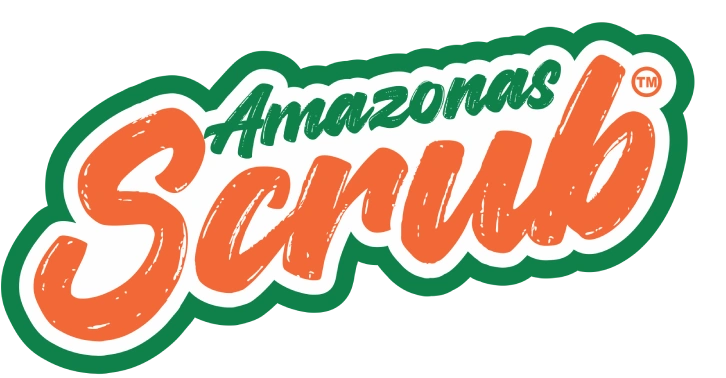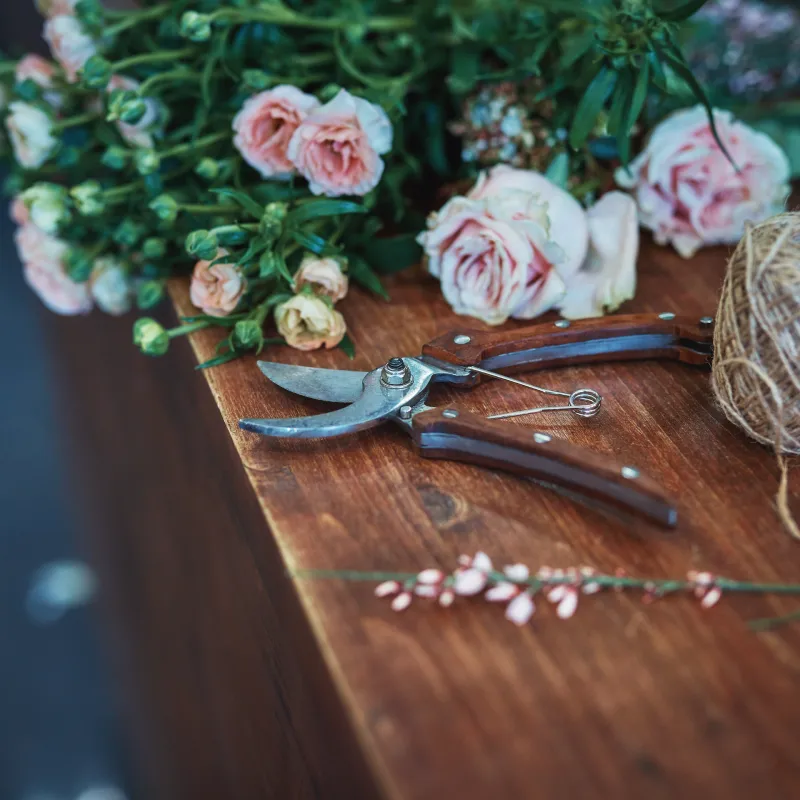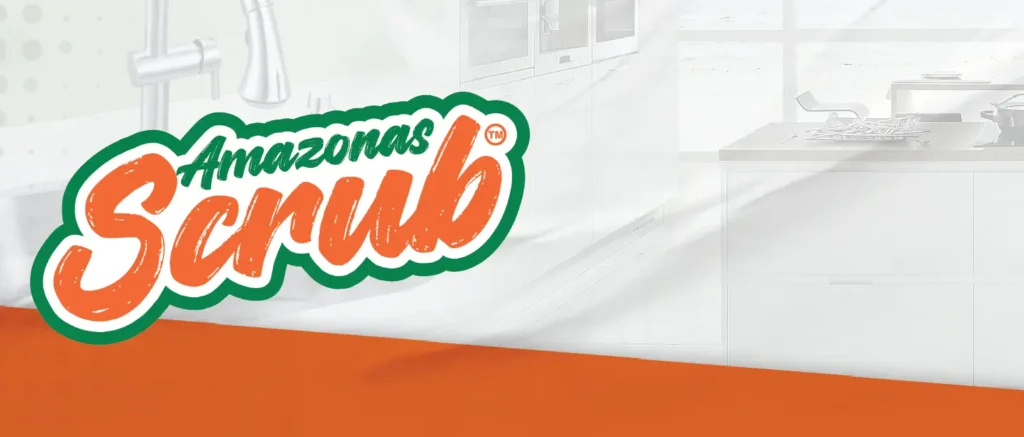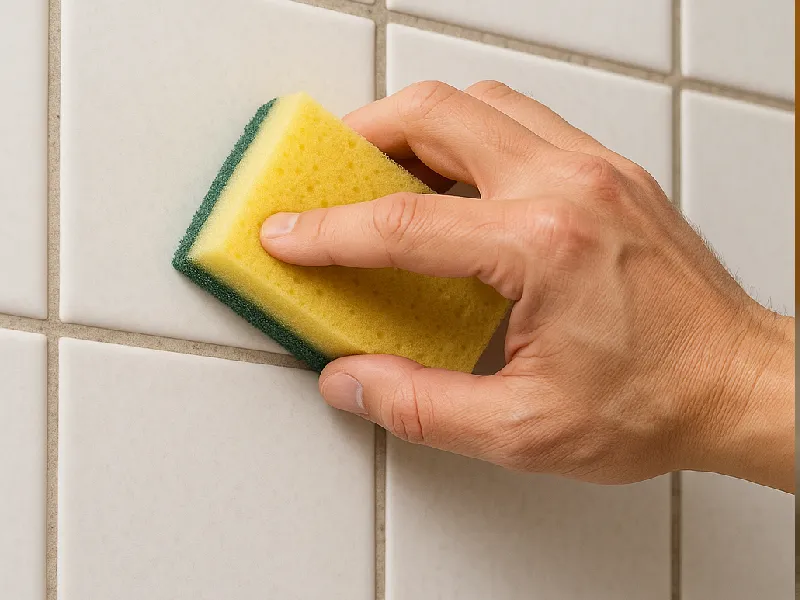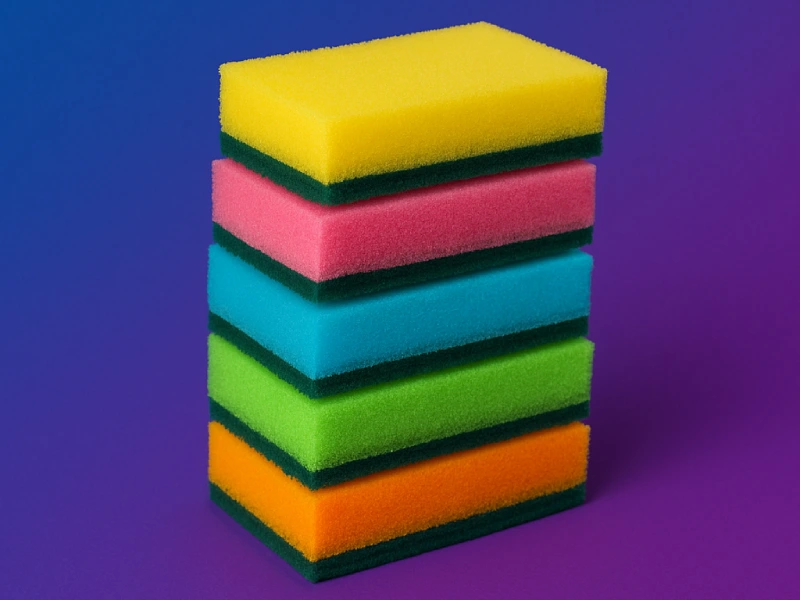If you’re an avid gardener, you know how important it is to take care of your tools. Over time, dirt, mud, and grime can build up on your equipment, making them less effective and potentially damaging them.
That’s why it’s essential to clean your garden tools regularly with proper maintenance techniques.
Why is Cleaning Garden Tools Important?
Keeping your garden tools clean is a crucial maintenance task that often gets overlooked by many gardeners. However, neglecting to clean your tools regularly can have adverse effects on both their functionality and lifespan.
The most apparent benefit of cleaning your garden tools is the prevention of the spread of plant diseases. When gardening, there is a high risk of spreading diseases from one plant to another through the use of contaminated tools.
By maintaining clean tools, you can significantly reduce the risk of transmitting harmful diseases to your plants, ultimately leading to a healthier and more fruitful garden.
Moreover, cleaning your garden tools can also prolong their lifespan. Metal garden tools are highly susceptible to rust and corrosion, which can weaken their structure and ultimately render them unusable.
Proper cleaning and maintenance can help prevent the onset of rust, ensuring your tools remain functional for longer.
Overall, cleaning your garden tools should be a significant part of your gardening routine. By doing so, you can ensure optimal performance and longevity, and also promote a healthy and thriving garden.
Gather Your Supplies
Before beginning the garden tool cleaning process, make sure you have all the essential supplies within reach. Having everything you need on hand will help speed up the process and ensure that your tools are cleaned thoroughly.
Supplies Checklist
| Supplies | What it’s used for |
| Scrub Sponges | For removing stubborn dirt and grime. |
| Soap or Detergent | For creating a cleaning solution. |
| Water | For rinsing the tools after cleaning. |
| Sturdy Brush | For removing tough rust and grime. |
Amazonas 6 Pack Scrubs
Meet the Amazonas 6 Pack Scrub, your ultimate cleaning companion designed to elevate your home cleaning game.
Make sure you use branded garden tool cleaning supplies whenever possible as they ensure quality and safety.
Prepare Your Cleaning Solution
Before you start cleaning your garden tools with scrub sponges, you’ll need to prepare a suitable cleaning solution. This will help to remove dirt, grime, and any bacteria that may have accumulated on the tools. Here’s how to create a simple and effective cleaning solution:
- Fill a bucket with warm water. Avoid using hot water as it can damage some tool materials.
- Add a few drops of dish soap or another mild detergent to the water.
- Stir the solution until the soap is fully dissolved
You can also add a cup of white vinegar to the solution for an extra cleaning boost, especially if your tools are particularly dirty or rusty. However, make sure not to use vinegar on tools with wooden handles as it can damage the wood.
Pro Tips:
- For tough stains, rust, or debris, you may need to use a more potent cleaning solution that’s specifically formulated to clean garden tools. Check with your local home improvement store or garden center for specific cleaning products.
- When using your tools, try to keep them as clean as possible by wiping them down after every use. This will help to prevent the buildup of dirt and grime, making the cleaning process easier in the long run.
Remove Dirt and Debris
Before you begin the actual cleaning process, it’s crucial to remove any dirt, mud, or debris from your garden tools.
Doing so means that the cleaning process will be more effective, and you’ll avoid grinding in dirt and debris that could damage your tools further.
Start by brushing off loose dirt from your tools using a stiff-bristle brush. If there are any stubborn stains or areas with caked-on dirt, use a putty knife or scraper to gently remove the debris without damaging the tool’s surface.
For example, if you’re cleaning a shovel, use the putty knife to remove any dirt or grass from the blade.
If you’re dealing with a particularly muddy or dirty tool, you may need to rinse it off with water before brushing it.
However, be sure to avoid using water if you’re cleaning a tool with wooden handles, as too much water can cause the wood to swell or crack, compromising the tool’s integrity.
Once you’ve removed any dirt or debris, you’re ready to move on to the actual cleaning process to ensure your tools are thoroughly clean and ready for use.
Scrubbing Tools with Scrub Sponges
Using scrub sponges is an effective way to clean garden tools and remove tough stains or rust. Here are some techniques to help you get started:
- Start by wetting the sponge: Before you begin scrubbing, wet the sponge with water.
- Apply soap: Squeeze a few drops of soap onto the sponge and distribute it evenly across the surface.
- Scrub your tools: Use the scrub sponge to gently scrub the surface of your garden tools, paying special attention to any stained or rusty areas. Apply more soap if needed to fully remove any grime or dirt.
- Rinse your tools: Once you’ve finished scrubbing your tools, rinse them thoroughly with water to remove any soap residue.
- Dry your tools: Finally, use a clean cloth to dry your garden tools completely, making sure to remove any excess water.
Remember to use a gentle touch when scrubbing your tools to avoid damaging the metal surface. With regular maintenance, your garden tools will continue to perform well and last for many years to come.
Rinse and Dry Your Tools
Once you’ve finished scrubbing your garden tools with scrub sponges, it’s important to rinse them thoroughly to remove any traces of soap residue. Residue left on the tools can lead to corrosion or damage. Follow these steps to rinse and dry your tools properly:
- Use a garden hose or bucket of water to rinse the tools thoroughly. Make sure you rinse every part of the tool to ensure complete removal of any debris and soap.
- Use a dry cloth to wipe down the tools and remove excess water.
- Note: To ensure your tools dry fully and don’t rust, it’s best to leave them exposed to air to dry. However, if you’re short on time, you can use a clean towel to dry them completely before storing them.
By rinsing and drying your garden tools correctly, you prevent rust or any other damage from forming to wires or blades and prolonging the life of your tools. Now that you know how to rinse and dry your tools properly, you can keep them in great condition and extend their lifespan.
Maintaining and Storing Clean Tools
Cleaning your garden tools with scrub sponges ensures optimal performance and longevity, but maintaining their cleanliness is equally important. Regular maintenance prevents rust and ensures your tools are always ready for use.
Maintaining Garden Tools
After cleaning and drying your garden tools, apply a light coat of oil to prevent rust. You can use mineral oil or vegetable oil for this purpose. Additionally, sharpen your tools at least once a year to maintain their sharpness and precise cuts.
If you notice any damage or wear and tear on your tools, address the issue as soon as possible. Replace broken or damaged tools, and repair any minor damage by sanding or wire brushing the affected area.
Storing Garden Tools
Proper storage is vital for maintaining the condition of your garden tools. Store them in a dry, cool place such as a shed or garage. Avoid storing them on damp surfaces, as this can lead to rust.
Hang your tools on a pegboard or wall-mounted rack to prevent them from lying on the ground and getting dirty. Make sure to keep similar tools together, such as shovels with shovels and hoes with hoes, to keep them organized and easy to find.
Additional Tips for Maintaining and Storing Garden Tools
| Maintaining Garden Tools | Storing Garden Tools |
| Clean tools after each use | Store tools in a locked cabinet if small children are present in the household |
| Keep cutting tools sharp | Keep tools out of direct sunlight, as this can cause them to deteriorate over time |
| Oil metal parts to prevent rust | Hang long-handled tools to prevent them from bending or warping |
| Replace worn or damaged parts immediately | Keep tools away from damp areas or excessive moisture |
With regular maintenance and proper storage, your garden tools can last for many years, providing you with excellent service and helping you create beautiful outdoor spaces.
Cleaning Specialized Garden Tools
While the basic cleaning process works for most garden tools, some specialized tools require extra attention to detail. Pruning shears, for example, have small crevices and blades that need a thorough cleaning. Here’s how to clean specialized garden tools:
Pruning Shears
Clean the blades with a scrub sponge and use an old toothbrush to remove any dirt or debris from hard-to-reach areas. Wipe the blades with rubbing alcohol to disinfect them before storing.
Shovels
Use a wire brush to remove any rust from the shovel blade and handle. Then, scrub the blade with a scrub sponge and soapy water. After rinsing off the soap, dry the shovel thoroughly to prevent rust from forming again.
Hedge Trimmers
Wipe the blades with a clean cloth and sharpen them if necessary. Rub vegetable oil on the blades to prevent rust and prolong their lifespan.
Lawn Mower Blades
Remove the blade and sharpen it with a metal file or bench grinder. Scrub the blade clean with a wire brush and soapy water then dry it thoroughly.
Gloves
Clean gloves with soapy water and dry them completely before using them again. If the gloves are leather, wipe them down with a damp cloth and use leather conditioner to keep them supple and in good condition.
By cleaning your specialized garden tools using appropriate techniques, you can prevent damage and ensure they remain in good condition for longer, making your gardening activities even more enjoyable.
Other Cleaning Methods
While scrub sponges are a popular choice for cleaning garden tools, there are alternative methods that may suit your preferences or tool requirements better. Let’s take a look at some of these alternative cleaning techniques:
Vinegar Soak
An easy way to remove rust and grime from garden tools is by soaking them in vinegar. Simply fill a container with vinegar and soak your tools for several hours before wiping them down. Vinegar helps to dissolve mineral buildup and rust, leaving your tools looking as good as new.
Baking Soda Paste
Baking soda is another versatile and effective cleaning agent. Mix baking soda with water to make a paste and apply it to your garden tools. Allow the paste to sit for a few minutes before rinsing it off with water. The abrasive nature of the baking soda paste helps to scrub off tough stains and rust.
Sandpaper Scrub
If your garden tools have heavy rust buildup, a sandpaper scrub may be the solution. Use sandpaper to scrub away the rust, making sure to wear protective gloves to prevent cuts or injuries. For minor rust stains, a steel wool scrub works well too.
Pressure Washer
For larger garden tools such as lawn mowers or tillers, a pressure washer is a quick and efficient way to remove dirt and grime. A pressure washer reaches hard-to-reach areas and blasts away debris without the need for manual scrubbing.
Lemon Juice Soak
Lemon juice is another acid that can help remove rust from garden tools. Soak your tools in lemon juice for a few hours before scrubbing them down with a brush or sponge. Lemon juice also gives your tools a fresh citrus scent, making them smell nice while you work.
These alternative cleaning methods are just a few of the many solutions available for keeping your garden tools in tip-top shape. Experiment with different techniques, and find the method that works best for your tools and preferences.
Why is cleaning garden tools important?
Cleaning garden tools is essential because it helps prevent the spread of diseases and prolongs the lifespan of the tools. It also ensures optimal performance and prevents the buildup of dirt and debris that can affect the quality of your gardening work.
What supplies do I need to clean garden tools?
To clean garden tools, you will need scrub sponges, soap, water, and a sturdy brush. These supplies will help you effectively remove dirt, debris, and stains from your tools.
How do I prepare a cleaning solution for my garden tools?
To create a cleaning solution for your garden tools, mix soap and water in a bucket or basin. The soap will help break down stubborn dirt and grime, making it easier to clean and restore your tools to their original shine.
How do I remove dirt and debris from garden tools?
Before cleaning your garden tools, it’s important to remove any dirt and debris. You can do this by using a brush or your hands to scrape off the loose dirt. You can also use a hose or running water to rinse off any remaining debris.
How do I scrub garden tools with scrub sponges?
Scrub sponges are an effective tool for cleaning garden tools. Simply wet the scrub sponge, add some soap, and scrub the tools in a circular motion. Pay special attention to any tough stains or rust. Rinse off the tools afterward to remove any soap residue.
How do I rinse and dry my garden tools?
After scrubbing your garden tools, rinse them thoroughly with water to remove any soap residue. Dry them off using a clean towel or let them air dry before storing them to prevent the formation of rust or corrosion.
How do I maintain and store clean garden tools?
To maintain clean garden tools, it’s important to regularly wipe them down after each use and store them in a dry and secure location. You can also apply a thin coat of oil or lubricant to prevent rust. Storing them in a tool shed or using a tool rack can help keep them organized and easily accessible.
How do I clean specialized garden tools?
Specialized garden tools like pruning shears and shovels require specific cleaning methods. For pruning shears, wipe the blades with rubbing alcohol or a disinfectant wipe. For shovels, remove dirt and debris with a brush, and if necessary, use a wire brush to remove rust. Follow the manufacturer’s instructions, if available.
Are there alternative methods for cleaning garden tools?
Yes, there are alternative methods for cleaning garden tools. Some people prefer using vinegar or baking soda solutions, while others use specialized cleaning products. You can choose a method that suits your tool’s material and your personal preferences.
